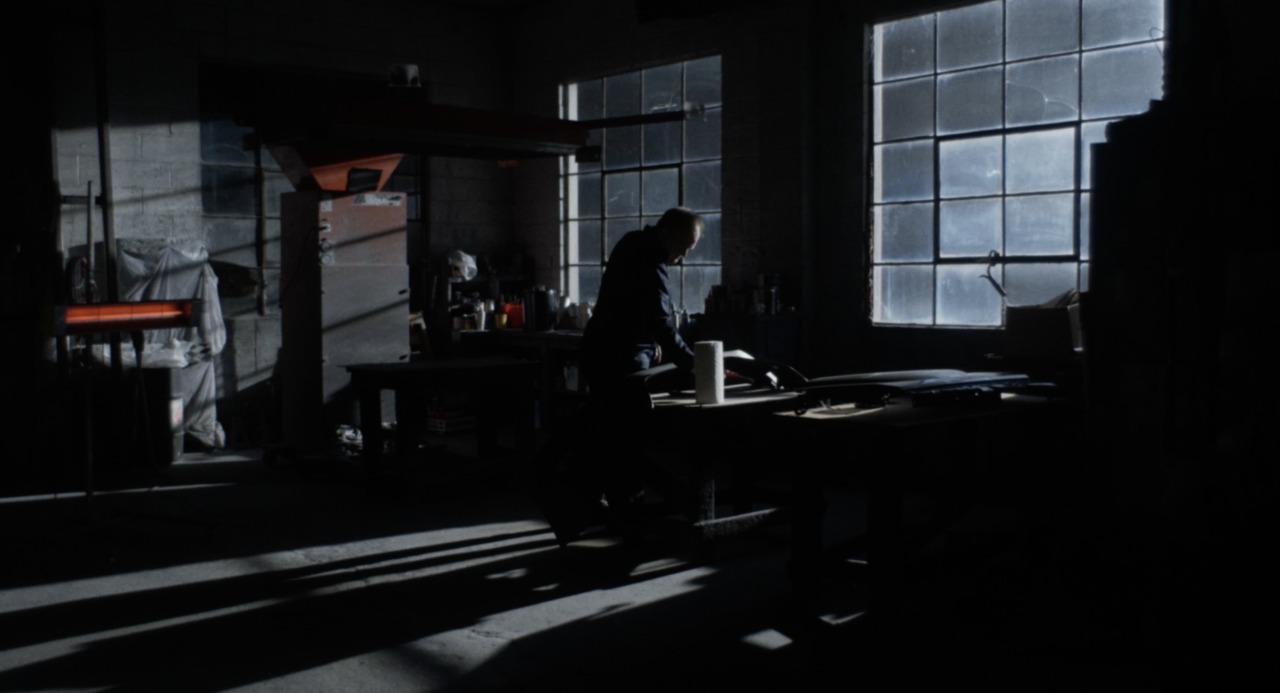Spotting COVID-era ephemera was novel in the films of 2021—even in some of the best. As early as last February we saw masks being worn, some pointedly below the nose, in Bad Luck Banging or Loony Porn and later in the year in Drive My Car; even Wheel of Fortune and Fantasy ended with a nod to the lockdown era. If a crop from this year’s Berlinale are something to go by, 2022 already looks to be ushering in a wave of smaller-scale projects from filmmakers who continued creating during that time and, whether directly or indirectly, express how it felt to be right in the thick of it.
Screening in the festival’s more left-field Forum section (and chief among those I’ve seen) is Happer’s Comet, a hypnotic, sensory, dialogue-free film that comes in at a polite 62 minutes. The director is Tyler Taormina, an LA filmmaker who directed the great suburban surrealist work Ham on Rye in 2019. His latest is both a bewitching ode to the night owl and, given its constraints, quietly energizing artistic expression.
It’s structured as a series of beautifully shot vignettes starring Taormina’s family members and neighbors, shot around their homes and places of work. What’s remarkable about Happer’s Comet is what sense of unison Taormina achieves, the resulting cumulative mood that is created. Each setting, and almost each person, appear disparate and isolated (in only a couple sequences are we shown more than one figure onscreen) but they feel intrinsically connected, like a network of mycelium. (As the end credits confirm, with some affection, it was made “in lockdown with a crew of two and a cast of my hometown community.”)
There is also plenty variety in these vignettes. One of few recurring characters is a guy who jumps out his window to go rollerskating (somehow not annoying, despite how it sounds). Another wanders about recording audio on his phone. There’s a woman asleep on the couch; a lad plucking his eyebrows, for some reason using his phone as a mirror (Comet is full of mirrors); and a lovely sequence of a late-night diner worker swaying with his vacuum cleaner, his only customer an old man counting out his $1 bills. Taormina is also alive to the little details, the kind of things you might have noticed in lockdown that never crossed your mind before, like the play of light on the wall when a car passes at night; or the reflection of the TV screen on a wall of collector’s baseballs, or on a wall of trophies; or the sounds of neighbors in a faraway room.
Somehow it’s all compelling, maybe thanks to that witching-hour mood, but also the character of its images. Shot in the dead of night, on the street or in starkly lit interiors—and often with flashlights—its aesthetic holds a distant torch to cinema of the late ’80s. (I was reminded on more than one occasion of the opening street scenes in John Carpenter’s The Fog, which was shot by Dean Cundey, who later worked on one of the best flashlight movies ever made.) Adding to this late-80s vibe is Taormina’s opening shot of a rotten head of corn, crawling with ants just like the ear in Blue Velvet. (The score, a nice hazy pastiche of 50s Americana, carries a similar Lynchian / Angerian quality.)
Maybe it’s the experimental spirit of Taormina’s film or quality of the execution, but these homages never come off as too knowing––this is a work playfully aware of its own construction. After an hour of showing us solitary figures, Taormina eventually comes full circle, ending Happer’s Comet with more corn, as well as the least-COVID thing of all: physical touch. We’ve earned it.
Happer’s Comet premiered at the 2022 Berlinale.

